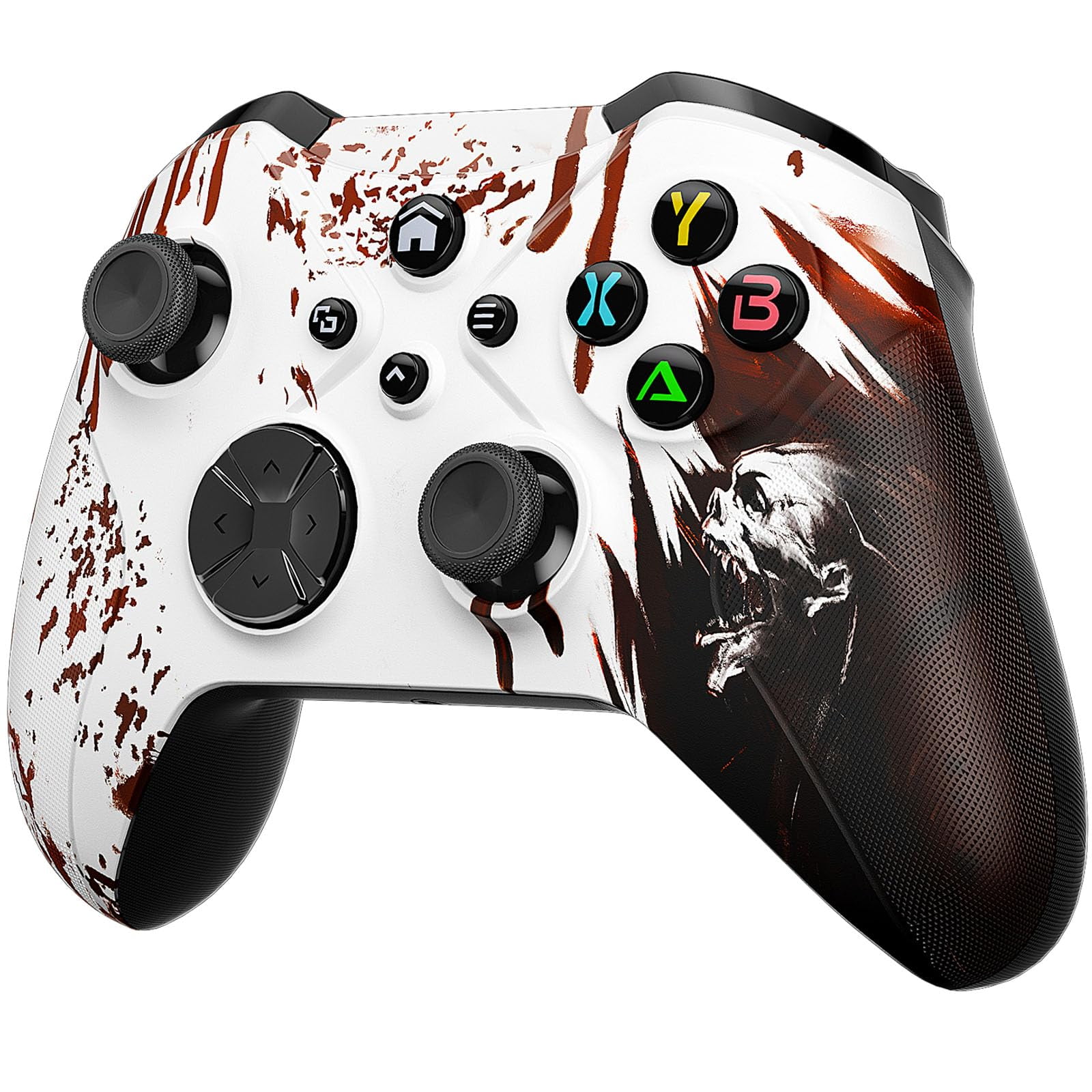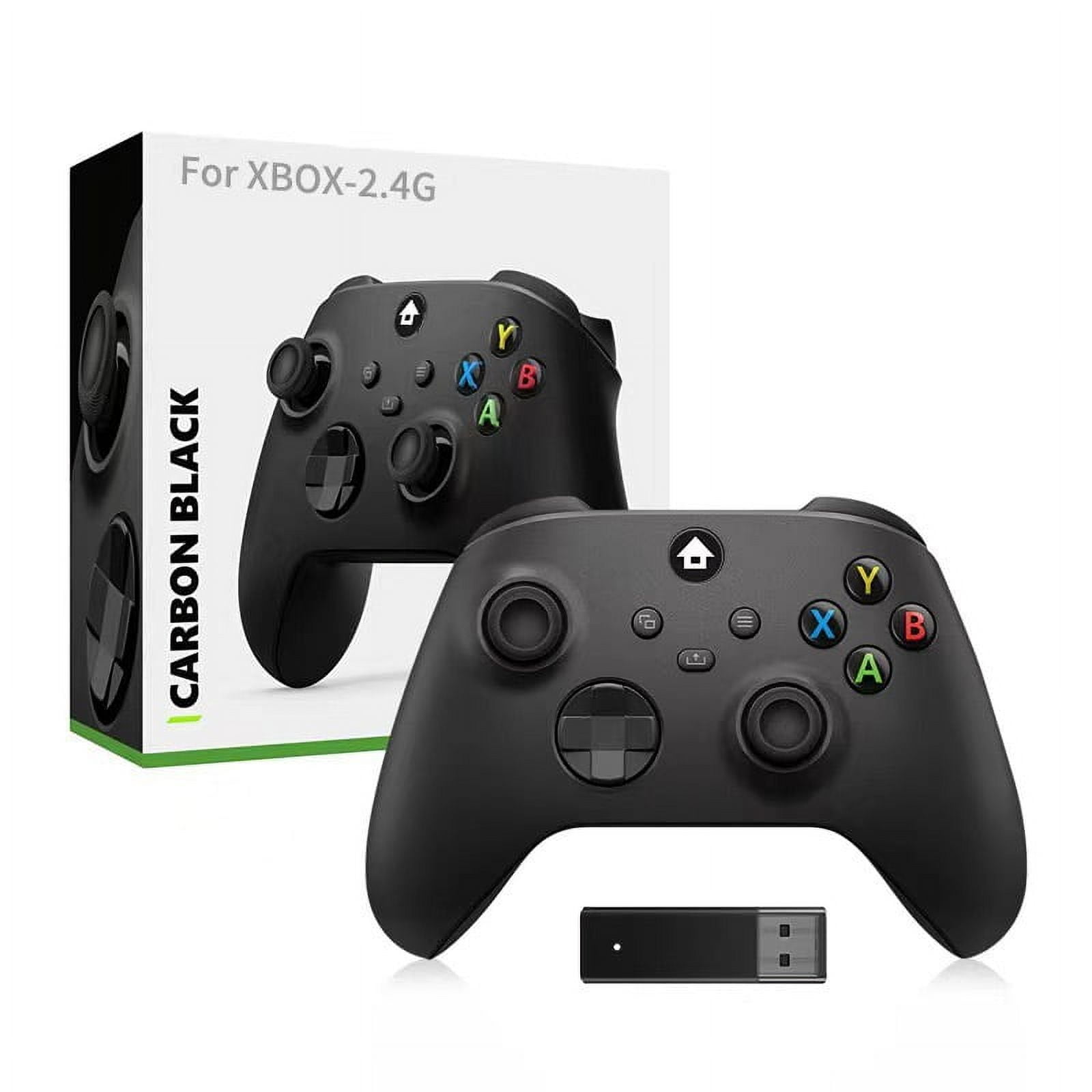

Untangling the Fun: The Benefits of Wireless Controllers for Kids
Gaming has become an integral part of modern childhood, offering entertainment, opportunities for skill development, and social interaction. As technology evolves, so too do the tools kids use to play. One significant shift has been the move from wired to wireless controllers. While seemingly a simple convenience, wireless controllers offer a unique set of advantages, particularly when it comes to young gamers. For parents navigating the world of gaming peripherals, understanding why wireless might be the better choice for their children is key to ensuring a safer, more comfortable, and more enjoyable gaming experience.
Beyond the Cord: What Makes Wireless Different for Kids?
At its core, a wireless controller eliminates the physical cable connecting the controller to the gaming device (console, PC, etc.). Instead, it communicates wirelessly, typically via Bluetooth or a dedicated radio frequency (RF) dongle. While adults appreciate the freedom from tangled wires, for kids, this freedom translates into several tangible benefits:
-
- Enhanced Safety: No More Tripping Hazards
This is perhaps the most significant advantage for young children. Wired controllers, especially those with long cables, pose a clear tripping hazard. Kids, naturally energetic and sometimes less spatially aware than adults, can easily get tangled in wires, leading to falls that could result in injury to the child or damage to the gaming equipment. Wireless controllers completely eliminate this risk, allowing kids to move around more freely and safely within the gaming space.
- Enhanced Safety: No More Tripping Hazards

- Freedom of Movement and Comfort
Wired controllers tether a player to a specific distance from the console or PC. This can restrict where a child can sit or stand, potentially leading to uncomfortable postures or the need to sit too close to the screen. Wireless controllers allow kids to find their most comfortable spot on the couch, floor, or chair, at a safe distance from the display. This freedom also accommodates their natural tendency to fidget, stand up during exciting moments, or even lie down while playing, without yanking on a cord or pulling the console.  Reduced Clutter and Easier Organization
Reduced Clutter and Easier Organization
A gaming setup with multiple wired controllers can quickly become a tangled mess of cables. This not only looks untidy but also makes setup and cleanup more cumbersome. Wireless controllers contribute to a cleaner, more organized gaming area. When not in use, they can be neatly stored away, reducing visual clutter and making it easier for kids (and parents) to keep the gaming space tidy.- Easier Setup (Generally)

While initial pairing might be required, once a wireless controller is set up, connecting for subsequent gaming sessions is often as simple as pressing a button. There’s no need to fumble with ports on the console or PC, which can sometimes be difficult for small hands or require reaching behind furniture. This simplicity makes it easier for kids to start playing independently (with appropriate supervision). - Accommodation for Multiple Players
Playing multiplayer games is a fantastic way for kids to interact and build social skills. Wireless controllers make it much easier to accommodate multiple players in a comfortable setting. Everyone can spread out without worrying about tangled wires or being restricted to sitting right next to each other.
Key Features to Consider When Choosing a Wireless Controller for Kids
Not all wireless controllers are created equal, and when buying for children, certain features become particularly important:
- Size and Ergonomics: This is paramount. Standard adult-sized controllers can be too large and uncomfortable for small hands, leading to strain and difficulty reaching all the buttons and sticks. Look for controllers specifically designed for kids, or those marketed as having a smaller form factor. Consider the shape, weight, and the feel of the materials. A controller that fits comfortably will lead to longer, more enjoyable gaming sessions and prevent potential hand fatigue.
- Durability: Kids can be rough on their toys, and controllers are no exception. They might be dropped, stepped on, or subjected to accidental spills. Choose a controller built with sturdy materials and a robust design. Look for reviews mentioning durability or controllers from reputable brands known for quality manufacturing. Reinforced components and solid construction can save you from frequent replacements.
- Battery Life and Charging: Wireless controllers need power, either from rechargeable internal batteries or replaceable AA/AAA batteries.
- Rechargeable: Convenient as you just plug them in to charge, saving money on batteries. However, they become unusable while charging unless they support play-and-charge (which often means using a wire anyway). Check the stated battery life – longer is better.
- Replaceable: Easy to swap out for uninterrupted play, but requires a constant supply of batteries, which can be costly and less environmentally friendly.
Consider your preference and how often the controller will be used. A good indicator or low battery warning is also helpful.
- Ease of Connectivity: How does the controller connect?
- Bluetooth: Common for PC, mobile, and some consoles (like the Switch). Offers good compatibility but can sometimes have minor latency or interference issues depending on the environment.
- Proprietary RF Dongle: Often used by third-party controllers. Requires plugging a small USB receiver into the device. Usually offers a very stable and low-latency connection, but the dongle can be small and potentially easy to lose.
Ensure the connection method is reliable and the pairing process is simple enough for your needs.
- Button Layout and Responsiveness: While kids adapt quickly, a standard, intuitive button layout helps. Ensure the buttons, triggers, and analog sticks are responsive and easy to press/move without requiring excessive force. For younger kids, overly complex button configurations might be overwhelming.
- Optional Features (Consider if needed):
- Rumble/Haptic Feedback: Can add immersion but might be startling or distracting for some kids. Some controllers allow this to be turned off.
- Headset Jack: Useful if the child plays games requiring communication or wants private audio.
- Customization: Different colors or themes can make the controller more appealing to a child.
Platform Compatibility
Before purchasing, always check which platforms the wireless controller is compatible with. Controllers are often designed for specific systems:
- Console Controllers: PlayStation (DualShock/DualSense), Xbox (Xbox Wireless Controller), Nintendo Switch (Pro Controller, Joy-Cons). These are typically designed to work seamlessly with their respective consoles, but some can also connect to PCs or mobile devices via Bluetooth.
- PC Controllers: Many third-party wireless controllers are designed primarily for PC gaming, often connecting via a USB dongle or Bluetooth.
- Mobile Controllers: Designed for smartphones and tablets, often connecting via Bluetooth and sometimes featuring clips or mounts to hold the device.
Some versatile wireless controllers are designed to work across multiple platforms, offering greater flexibility if your child plays on different devices.
Choosing the Right Controller: A Parent’s Guide
Selecting the perfect wireless controller involves balancing the child’s needs and preferences with practical considerations:
- Assess the Child’s Age and Hand Size: This is the most critical factor for comfort and usability. If possible, let the child hold different controllers to see how they feel. Look for controllers specifically marketed for younger players.
- Identify the Primary Gaming Platform(s): Ensure the controller is fully compatible with the device(s) your child uses most often.
- Set a Budget: Wireless controllers range in price. Determine how much you’re willing to spend, keeping in mind that investing in a durable, comfortable controller can be more cost-effective in the long run than buying cheap replacements.
- Read Reviews: Look for reviews from other parents or tech sites that specifically evaluate controllers from a child’s perspective (durability, ergonomics, ease of use).
- Consider Battery Type: Decide whether rechargeable convenience or replaceable battery flexibility is a better fit for your household.
Tips for Parents Using Wireless Controllers with Kids
Once you have the controller, here are a few tips to maximize the benefits and ensure a positive gaming experience:
- Establish Charging Routines: If using rechargeable controllers, make charging a habit (e.g., charge them overnight or when not in use) to avoid frustration from dead batteries during playtime.
- Teach Care and Responsibility: Show your child how to handle the controller gently, where to store it, and the importance of keeping food and drinks away from it.
- Set Screen Time Limits: Wireless freedom doesn’t mean unlimited playtime. Continue to enforce healthy screen time boundaries.
- Monitor Content: Regardless of the controller type, always supervise or be aware of the games your child is playing to ensure they are age-appropriate.
- Promote Healthy Habits: Encourage breaks, ensure the child is sitting at a comfortable distance from the screen, and promote good posture.
Potential Considerations
While the benefits are numerous, it’s worth noting a couple of potential downsides:
- Battery Management: Dealing with charging or replacing batteries is an extra step compared to simply plugging in a wired controller.
- Cost: Wireless controllers can sometimes have a higher initial price point than their wired counterparts, although this gap has narrowed considerably.
Conclusion
For parents looking to enhance their child’s gaming experience, wireless controllers offer a compelling upgrade over traditional wired options. The most significant advantages lie in the realms of safety, comfort, and freedom of movement, allowing kids to play more naturally and reducing common hazards. By considering factors like size, durability, and battery life, parents can choose a controller that not only fits their child’s hands but also withstands the rigors of enthusiastic play. While mindful of battery management and cost, the investment in a good wireless controller ultimately contributes to a more enjoyable, safer, and less cluttered gaming environment, letting kids focus on the fun and adventure of the games they love. Untangling the wires truly untangles the fun.







